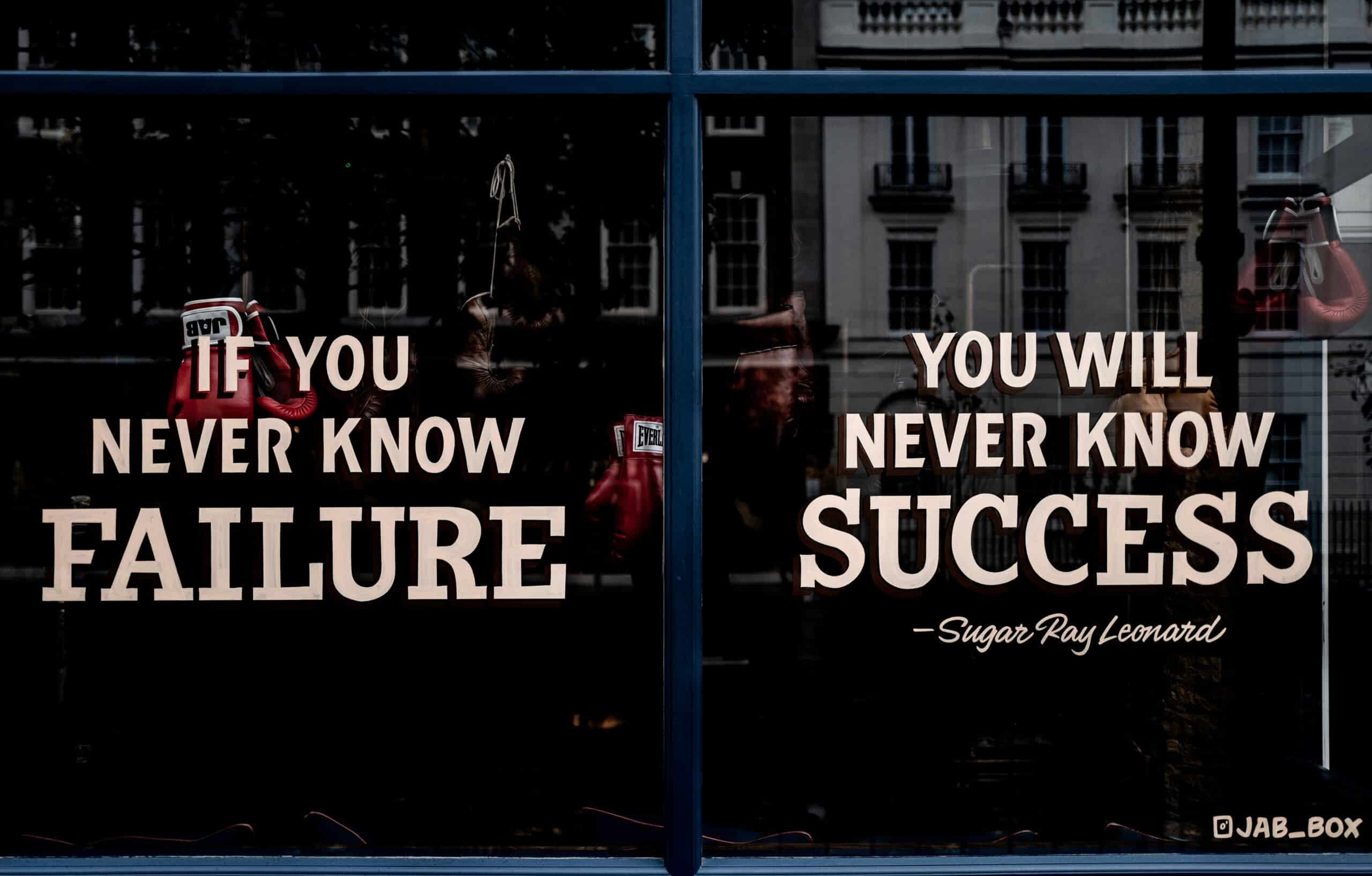Virtual events are here to stay. And New York event planners know that they’ll have to continue to improve every aspect of delivering virtual event planning services. One pillar of your upcoming event may include engagement and management of remote speakers. Whether you’re hosting remote keynote speakers or panels of remote-speaking guests, there are some best practices worth knowing. Additionally, there are ways to work with those remote speakers to ensure you have the most engaging virtual event experience.
1. Be a Co-Creator for the Virtual Event
When you first discuss the virtual event with your remote speakers, you’ll want to dig into the plan for the content, delivery, and roadmap of discussion. Yes, your keynote speaker will likely have an idea of what they want to discuss. But this is not the time to stand on the sidelines. Get involved with the content creation process. You can then be prepared in knowing what to expect as well as offer suggestions for more robust engagement. You might be surprised to learn that your remote guest speakers will be appreciative of your involvement.
Remember, with the virtual event, audience engagement, speaker delivery, and environments are different. Attention spans for online attendees will be shorter, and you’ll have screen fatigue to contend with and combat. It’s not like you can encourage people to “turn to your neighbor and discuss.” So, maybe with your assistance, you can help your keynote speakers trim too many PowerPoint slides. Or you can help create fun, interactive game segments to break up the monotony.
2. Planning the Virtual Event and Remote Speaker Details to a T
It’s equally important to provide a transparent briefing to your virtual-speaking guests. Some speakers are masters at in-person engagements but may still be new to delivering on-screen. The more information you can provide them in the form of an itinerary will only ensure event success.
You’ll talk with these remote speakers about the setup and plan as you would if they were in person. But you can also be transparent and forthcoming about the virtual event nuances surrounding audience participation. For example, discuss with them if they should engage with virtual attendees visually in real-time, like answering questions in a Q&A forum. Or will they need to monitor online messages and respond to questions and comments as they come in digitally?
Consider sharing past virtual speaking engagements to help demonstrate things to new remote speakers. Maybe you can show them screenshots or snippets of past online engagements to encourage familiarity and set expectations. And be diligent about laying out contingency plans should the connection get dropped so you have a detailed series of next steps in place to get back on track without losing too much engagement time.
3. Walk Remote Speakers Through All the Technology
Your remote keynote speakers should always ask you about what kind of tech is involved, including which virtual event platform is hosting, etc. If they’re not asking you as the event planner upfront, it may be a sign they’re not familiar with speaking virtually. It’s not necessarily a bad thing. But it may indicate you’ll need to step in and be more involved in planning and executing with them.
They’ll need to know if they can see the attendees, for example. Additionally, there may be data compliance protocols in place they need to know about involving security or sensitive information. And not all virtual event platforms are created equal, meaning some are more user-friendly to use than others. You’ll want to know ahead of time if your speakers have experience with the tech or not, so you can coach them with tutorials and briefs accordingly.
Each speaker will need to know how to share their slides and attachments. They’ll need to be aware of uploading content. And they’ll want to be comfortable initiating polling questions and audience engagement tools throughout their presentation. Encourage them to ask all of their questions now and not moments before the virtual event is scheduled to go live, or worse yet, during the event itself.
If the virtual event platform you’re using also provides live partnership support, you’ll be better prepared to get those speakers all the support they need before and during the event. But if you’re organizing the virtual engagement on your own, you’ll want to prepare your speakers on all the necessary tech they’ll use during their presentations.
4. Timing Matters
Another key component of your virtual event is timing. When you first discuss the plans with your remote speakers, you’ll want to put an emphasis on the importance of time. Provide them with the entire itinerary, including a breakdown of time for each virtual event segment.
What you don’t want to have happen is one speaker running over, putting a time crunch on every virtual event segment to follow. To help them prepare for their allotted time, encourage a plan should Q&A sessions run longer than expected. Make sure they know how to identify what remaining time is left so they can call the shots on moving through their presentations quicker. Additionally, they can be proactive about cutting out portions of their topic altogether to meet timing requirements.
One mistake that is sometimes unavoidable is the cutting short of the ever-critical audience polling toward the end of the event. So often, event planners deal with attendee questions and polling in a rushed fashion because there just wasn’t enough time. Make sure there’s enough time to get through all the post-presentation polling and surveying. Discuss the plan with your remote keynote speakers ahead of time.
5. Don’t Just Suggest Rehearsals; Insist on Them
Rehearsals aren’t just for in-person events. Virtual events need rehearsing, too. And just as you’d insist on keynote speakers walking through the event lineup ahead of time, you’ll want to insist remote speakers do the same.
Unfortunately, because the virtual event has a remote feel, it can sometimes translate to a lackluster approach to planning and execution. But don’t let others involved in your event take anything less than a serious and dedicated approach to creating the best, most engaging virtual event ever. And this means sticking to your guns when you insist speakers and leading role participants run through a rehearsal or two to button things up properly.
New York event planners should consider these suggestions when engaging remote speakers for virtual events. More events will continue to at least offer hybrid strategies. So, improving and mastering the virtual engagement is going to be key to your success.
Remember, too. Success also means setting yourself up for increased brand awareness and networking potential, like you can at The Event Planner Expo 2022. Connect with the EMRG Media team to learn more about not only attending in October but also about remaining available sponsorship and exhibitor opportunities.








